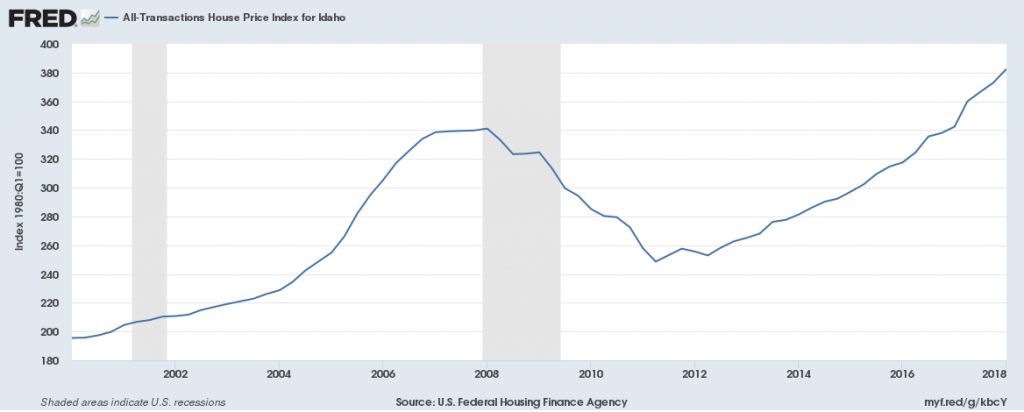Gross Domestic Product
Real GDP (a measure of economic growth) increased from 2005-2008 and resumed growth from 2009-2017, going from $53 billion in 2009 to $64 billion in 2017.
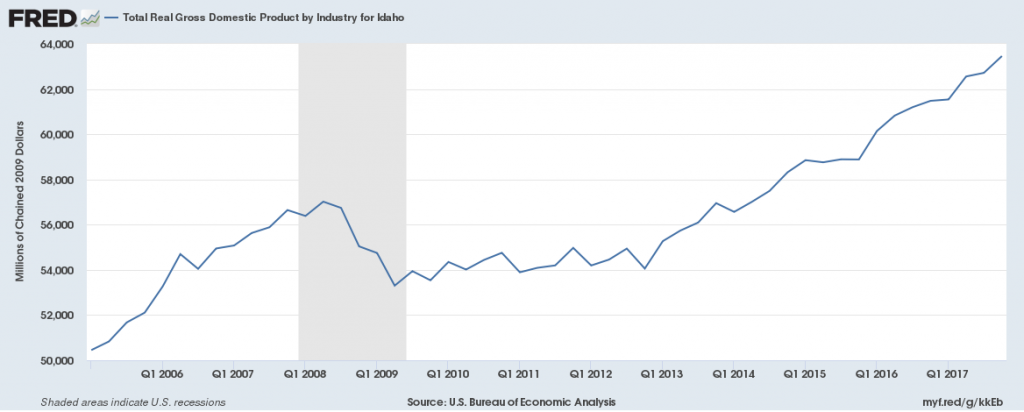
Jobs
Private-sector employers have added 140,000 jobs since 2010, the national low point for private-sector employment. From 2017 to 2018 the private sector added 40,000 new jobs. There were 610,000 total jobs in the private sector in 2017, above pre-recession levels of 540,000. Average hourly wages in the private sector grew from 2008-2011, going from $16/hr to $21/hr and have hovered around there until 2017.
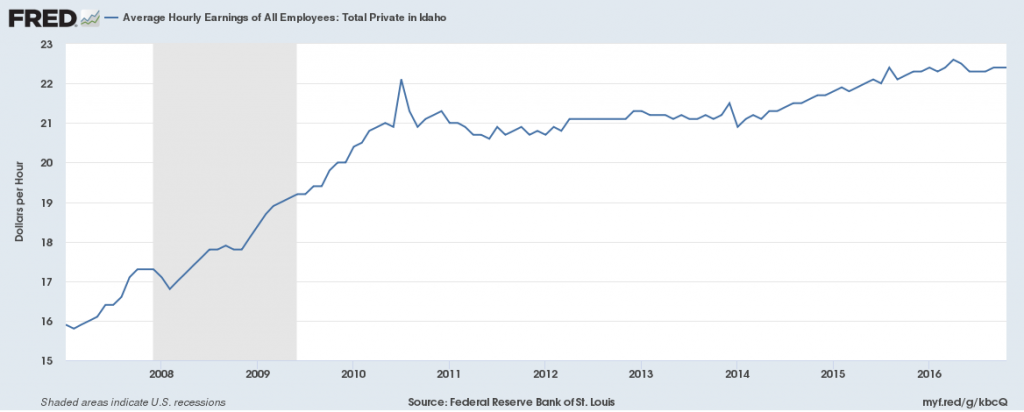
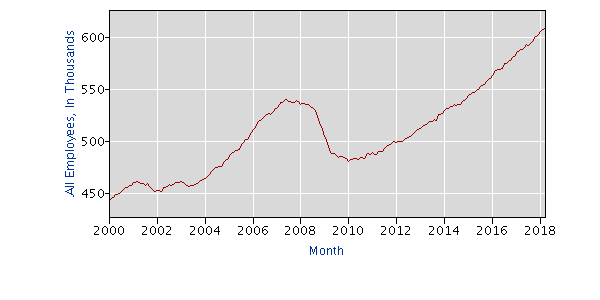
Manufacturing employment decreased since 2001, especially during the recession, but has exceeded 2008 levels by 2018. There were 68,000 jobs in this sector in 2018, slightly down from 2000 levels but above 2008 levels. Average hourly wages of manufacturing employees increased from 2006-2015, but declined from 2016-2018, falling from $22.50/hr in 2016 to $18.50/hr in 2018.
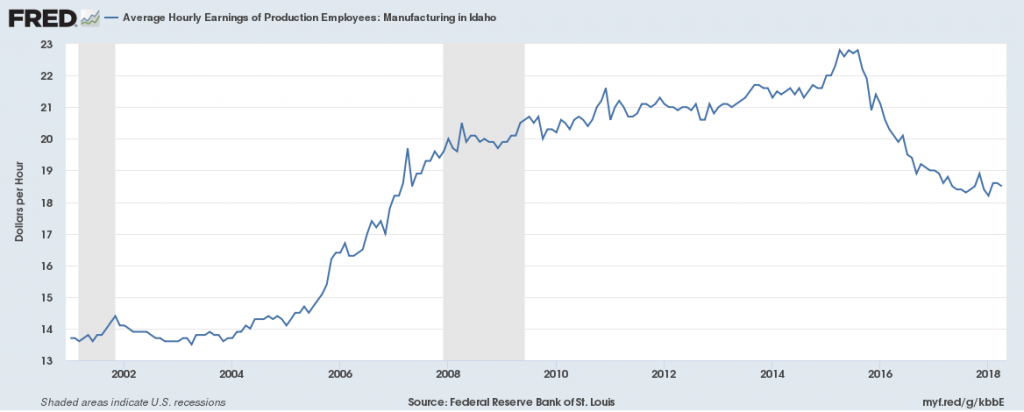
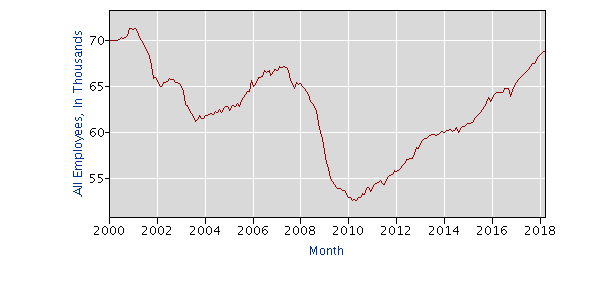
There were 25,000 jobs in the Trade, Transportation and Utilities sector in 2018, above pre-recession levels by 3,000 jobs, showing mild growth in this sector. The average wage in Trade, Transportation and Utilities occupations was $18/hr in 2010 and grew to $20/hr by 2018.
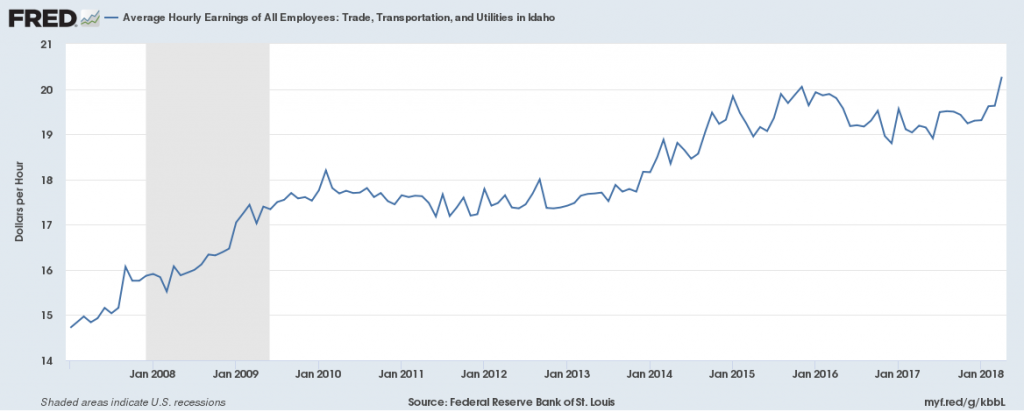
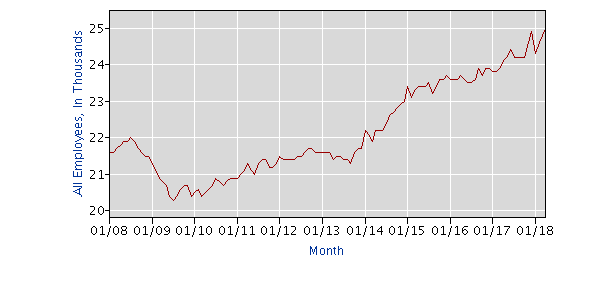
Unemployment
The unemployment rate in 2018 is 3%, slightly down from 3.2% in 2017. This is below the national average of 3.9% unemployment.
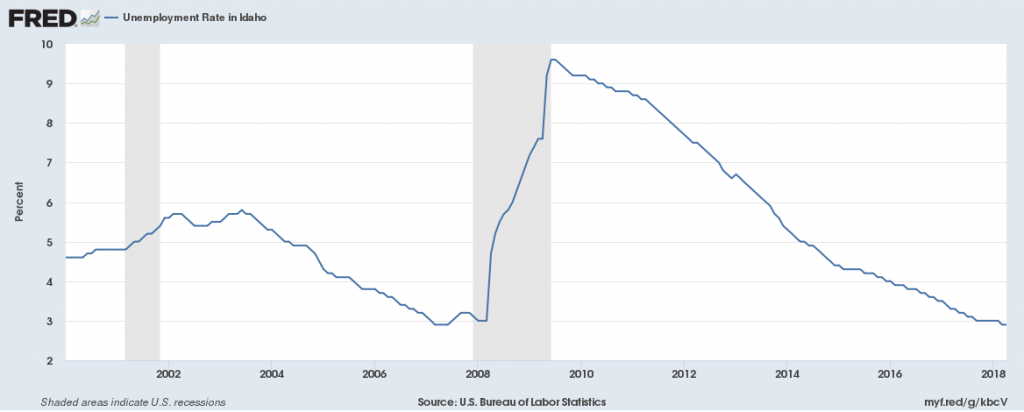
Housing
The House Price Index, a measure of the cost of housing, has been increasing steadily since the recession and has exceeded pre-recession levels, showing an increase in housing costs.
